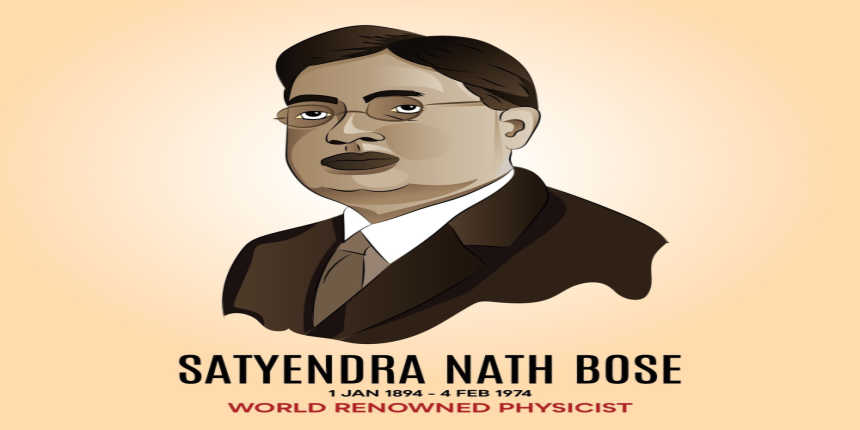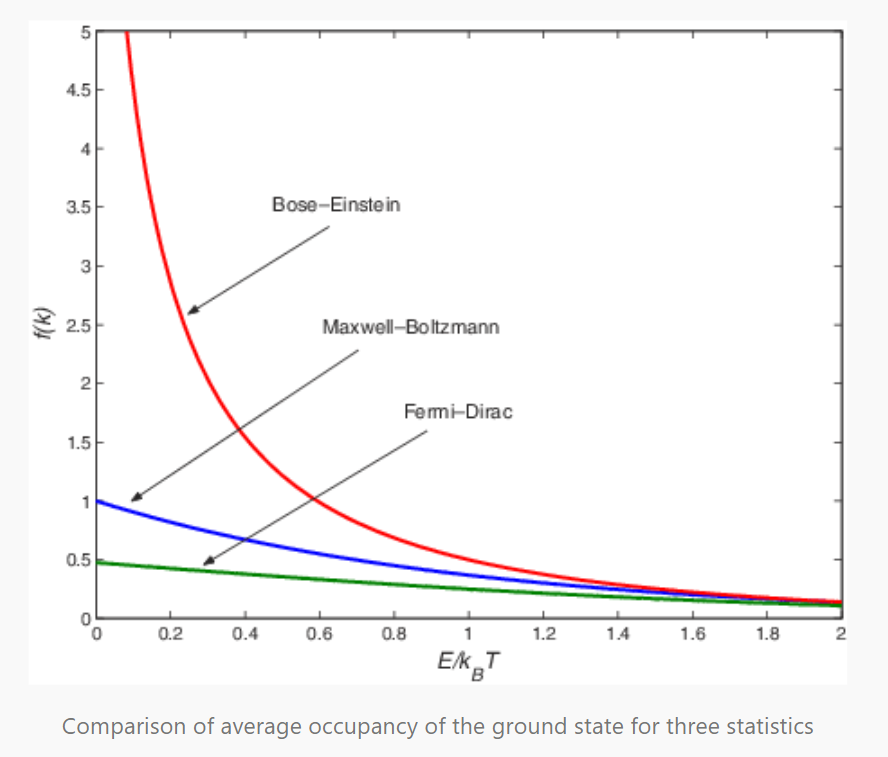Satyendra Nath Bose Essay In English
Satyendra Nath Bose was a well-known Bengali-Indian physicist and brilliant mathematician best known for developing the Bose-Einstein condensate alongside Albert Einstein and serving as the inspiration for the boson particle. Satyendra Nath Bose received a grade point average of greater than 100 when he was in fourth grade for finding multiple solutions to some difficult problems. He was the first one to set a new math record. Here are a few sample essays on “Satyendra Nath Bose”.

100 Words Essay On Satyendra Nath Bose In English
Satyendra Bose is the oldest of seven children and was born in Kolkata, West Bengal, India. Surendranath Bose, his father, was employed by the East India Railway's Engineering Department. Bose obtained the best scores while attending Calcutta's Hindu School and Presidency College. Professors like Prafulla Chandra Roy and Jagadish Chandra Bose encouraged him to aim high in life.
He was a professor in the University of Calcutta's physics department from 1916 until 1921. He returned in 1921 to teach in the Physics department at the brand-new Dacca University, now the University of Dhaka in Bangladesh. Surender Nath lived to the ripe old age of 96 and was still alert and active.
200 Words Essay On Satyendra Nath Bose In English
Achievements
Satyendra Nath Bose served as an advisor to the Council of Scientific and Industrial Research once it was established. He was also chosen to serve as the head of the National Institute of Science, the Indian Statistical Institute, and the Indian Physical Society. He was also named general president of the Indian Science Congress. A Rajya Sabha nomination was made for him. In 1958, he was named a Fellow of the Royal Society. Bose was given the Padma Vibhushan honour in 1954. Satyendra Nath was not awarded the Nobel Prize despite being nominated. In the world of science, having your name engraved in the language of the field was far more durable than receiving a Nobel Prize. Satyendra Nath Bose is one of the most renowned people in theoretical physics, and his discovery is still recognised as one of the greatest achievements of the 20th century.
My Inspiration
Bose was greatly influenced by his visits to Japan, where he observed professors instructing students about complex scientific topics in Japanese. He believed that students should be educated in their native tongues. His research and contribution to particle physics inspired me to study that field even more. I truly admire his passion and love for the subject.
500 Words Essay On Satyendra Nath Bose In English
Contribution In Physics
His main contributions were Satyendra Nath Bose's papers on statistical mechanics, the ionosphere's electromagnetic properties, X-ray theories, and many other topics.
Bose ultimately published a paper in which he had derived Planck's "quantum radiation law" in 1924, marking his most prominent and significant professional achievement. Without referencing any classical physics theory, he simply counted the number of identical states. This article was highly substantial because Planck's law had yet to be sufficiently demonstrated. Bose asked Albert Einstein to review an article he had written.
Bose's findings greatly impressed Einstein, who translated it into German and sent Bose's work and his personal recommendation to the prestigious European Physics Journal (known as the Zeitschrift für Physik). Bose's fundamental idea was utilised by Einstein, who later expanded the research into the mature science of material physics.
Quantum Mechanics: A fundamental theory in physics called quantum mechanics describes the physical characteristics of nature at the size of atoms and subatomic particles. All aspects of quantum physics, such as quantum chemistry, quantum field theory, quantum technology, and quantum information science, are built upon it.
With respect to energy, momentum, angular momentum, and other quantities of a bound system, quantum mechanics differs from classical physics in that these quantities are constrained to discrete values (quantization), and objects have characteristics of both particles and waves. There are restrictions on how precisely a physical quantity can be predicted before being measured, given a complete set of initial conditions (the uncertainty principle).
Bose-Einstein statistics: A group of non-interacting, indistinguishable particles may occupy a set of available discrete energy states in thermodynamic equilibrium in one of two ways, according to Bose-Einstein (B-E) statistics. The cohesive streaming of laser light and the frictionless creep of superfluid helium are explained by the aggregation of particles in the same state, a property of particles following Bose-Einstein statistics. Satyendra Nath Bose created the hypothesis for this behaviour between 1924 and 1925 after realising that a group of identical and indistinguishable particles may be distributed in this fashion. Later, Albert Einstein and Bose worked together to expand the concept.
Only particles not constrained to a single occupancy of the same state—i.e., particles that do not adhere to the Pauli exclusion principle restrictions—are subject to the Bose-Einstein statistics. These particles are known as bosons and have integer spin values.
My Inspiration
The skill of Satyendra Nath Bose to conduct lectures without notes was legendary, and he was regarded as an inspirational instructor by his students. He learned to do this as a young person due to his weak vision. His contribution towards physics is unprecedented. He is the main reason I fell in love with this subject and want to achieve something great. I want to make my nation proud through my research and work, just as Satyendra Nath Bose did.
Bose was an exceptional example of both timeless vivacity and kaleidoscopic diversity. He produced two significant contributions to mathematical physics, the first in his 20s and the second in his 50s. His contribution is utterly trivial in publications.

Applications for Admissions are open.
As per latest syllabus. Physics formulas, equations, & laws of class 11 & 12th chapters
JEE Main Important Chemistry formulas
Get nowAs per latest syllabus. Chemistry formulas, equations, & laws of class 11 & 12th chapters
JEE Main high scoring chapters and topics
Get nowAs per latest 2024 syllabus. Study 40% syllabus and score upto 100% marks in JEE
JEE Main Important Mathematics Formulas
Get nowAs per latest syllabus. Maths formulas, equations, & theorems of class 11 & 12th chapters